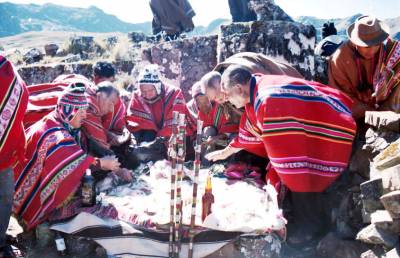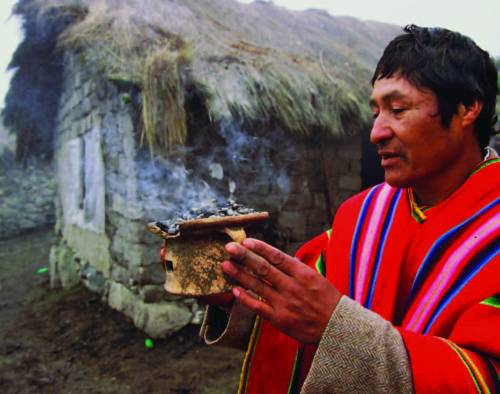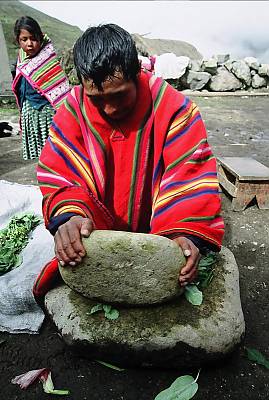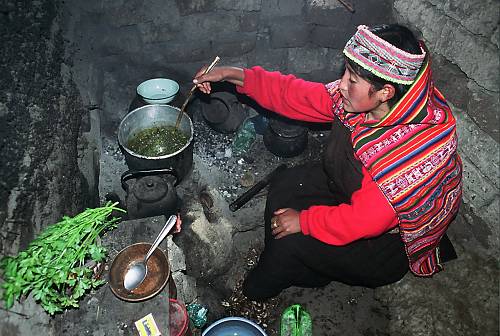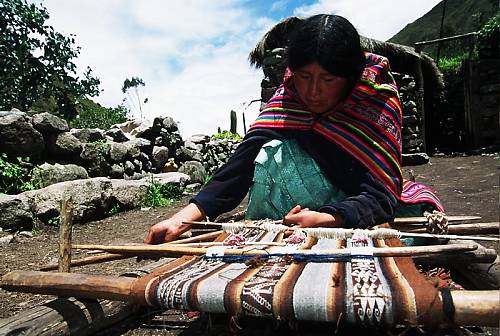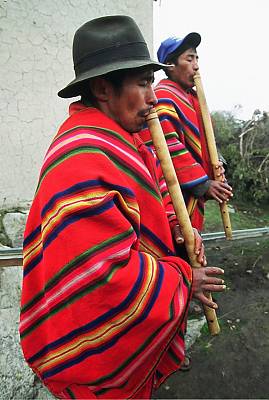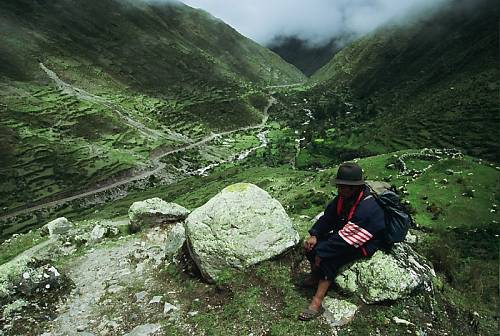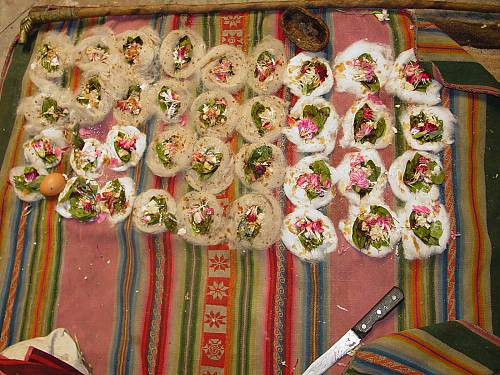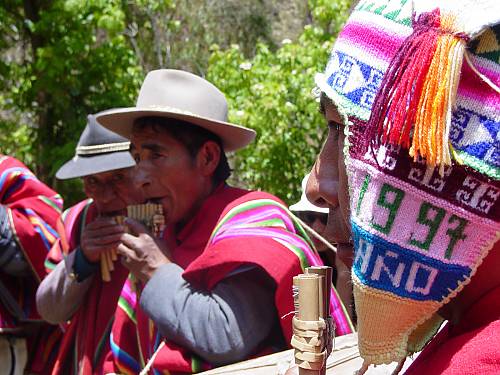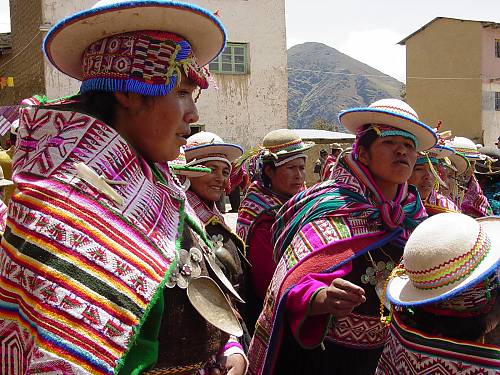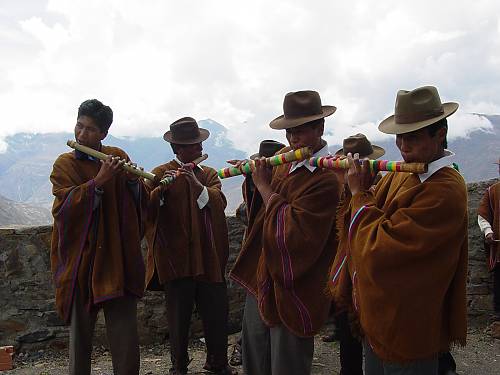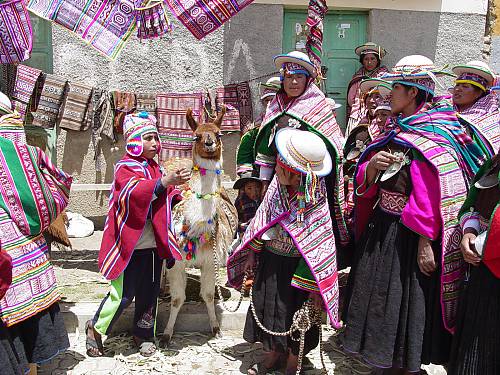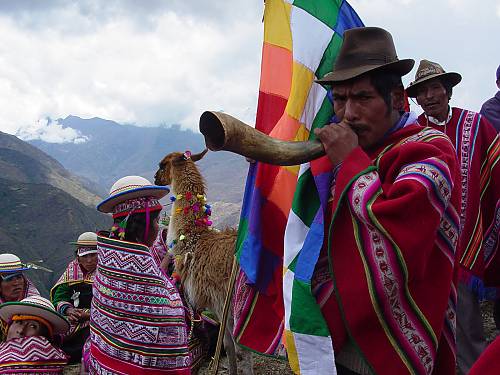Andean cosmovision of the Kallawaya
Bolivia (Plurinational State of)
Inscribed in 2008 (3.COM) on the Representative List of the Intangible Cultural Heritage of Humanity (originally proclaimed in 2003)
The Kallawaya ethnic group, based in the mountainous Bautista Saavedra region north of La Paz, traces its roots to the pre-Inca period. Like many aspects of Andean culture, the Kallawaya’s practices and values have evolved through the fusion of native and Christian religions.
The principal activity of the Kallawaya involves the practice of ancestral medical techniques. The various rites and ceremonies related to these techniques form the basis of their local economy. The Andean Cosmovision of the Kallawaya culture consists of a coherent body of myths, rituals, values and artistic expressions. Widely recognized not only in Bolivia but also in many other South American countries where Kallawaya priest doctors practise, the medical techniques are based on the belief systems of indigenous peoples of the Andean area.
This healing art derives from a deep understanding of animal, mineral and botanical pharmacopoeia and a body of ritual knowledge intimately linked to religious beliefs. The exclusively male itinerant healers treat patients using medical and pharmaceutical knowledge that revolves around a complex system of transmission and apprenticeship in which the journey plays an essential role. By travelling through widely varying ecosystems, Kallawaya healers expand their knowledge of medicinal plants. With some 980 species, their botanical pharmacopoeia rates as one of the richest in the world. Kallawaya women participate in a number of rites, care for pregnant women and children, and weave textiles with motifs and decoration relating to the Kallawaya cosmovision. Musical groups called kantus play the drum and pan flute during ritual ceremonies in order to establish contact with the world of the spirits.
In recent times, the traditional Kallawaya way of life has come under threat from acculturation, which may lead to the disappearance of this extraordinary body of medical knowledge. The tradition is also affected by the lack of sufficient legal protection for indigenous communities, particularly in regard to policies pursued by major pharmaceutical companies.

